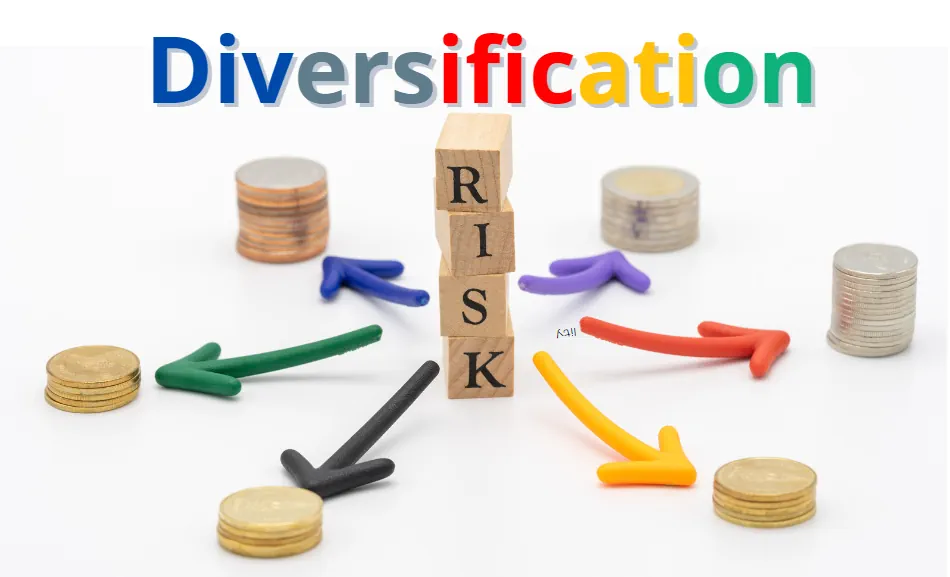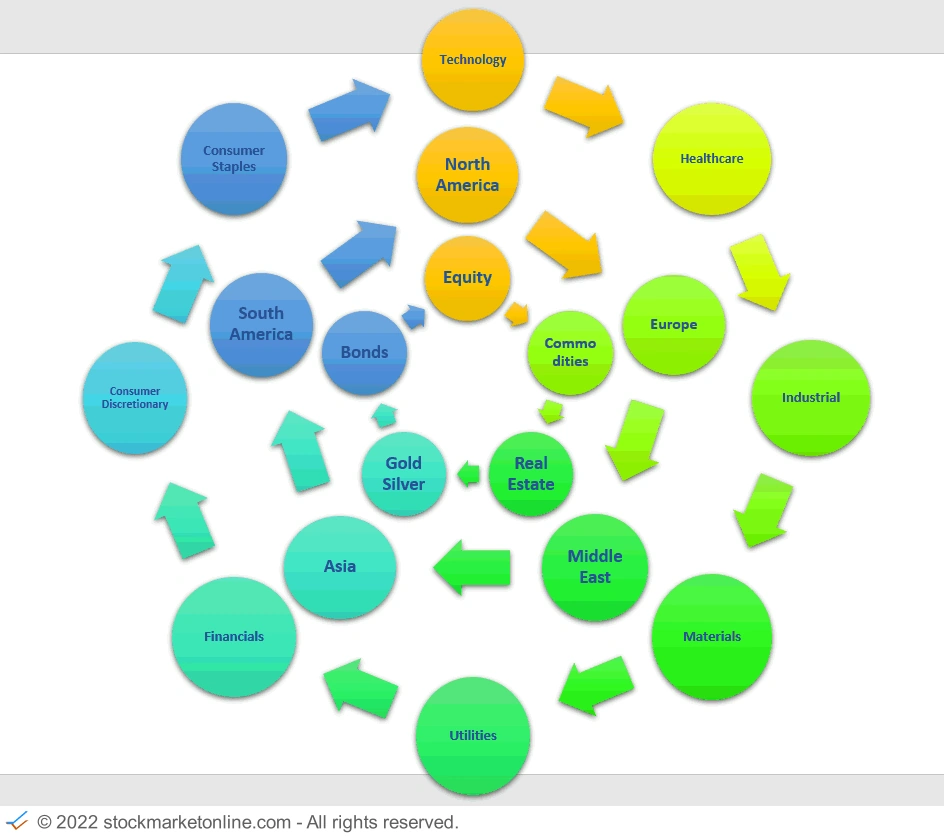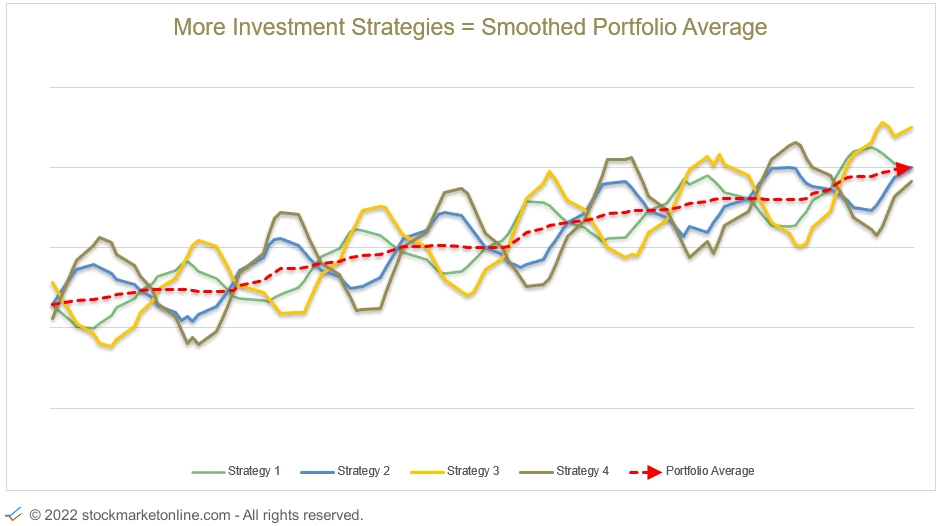Diversification is Risk Management
by SMO Team

Diversification?
Diversification describes the division of the portfolio and the implementation of different strategies.
Not all investments develop identically. Different investment objects react differently to economic or political events.
The risk protection increases by dividing the portfolio into individual investment objects. It is assumed that negative events do not affect all investment properties equally.
If diversification is skillful, the negative impact of one investment property can be balanced out again with the correlation of another investment property.
Those who do not diversify and hold only one investment in the portfolio are exposed to a substantial risk of losing a large part of their capital if a negative event occurs.
The following investment objects are suitable for diversification:
- Asset classes
- Sectors
- Industry
- Geographical areas

Diversification with different investment strategies
Diversification in strategies describes the combination of different investment strategies.
This approach can not only reduce risk, but also increase the performance of their investments.
A simple example would be to use two strategies. The first strategy buys the S&P 500 index whenever it falls below the 200-day average. The second strategy buys the S&P 500 index whenever it falls below the 50-day average.
Strategy diversification is strongly dependent on the quality of the individual strategies. The picture shows the basic theoretical idea of this approach.

Summary
Diversification reduces risks. The economy and the stock market are subject to cycles, which can strongly influence stock prices.
Even if stock indices always rise in the long term, the possible price drops are sometimes very strong.
You must protect your portfolio against existential risks.
